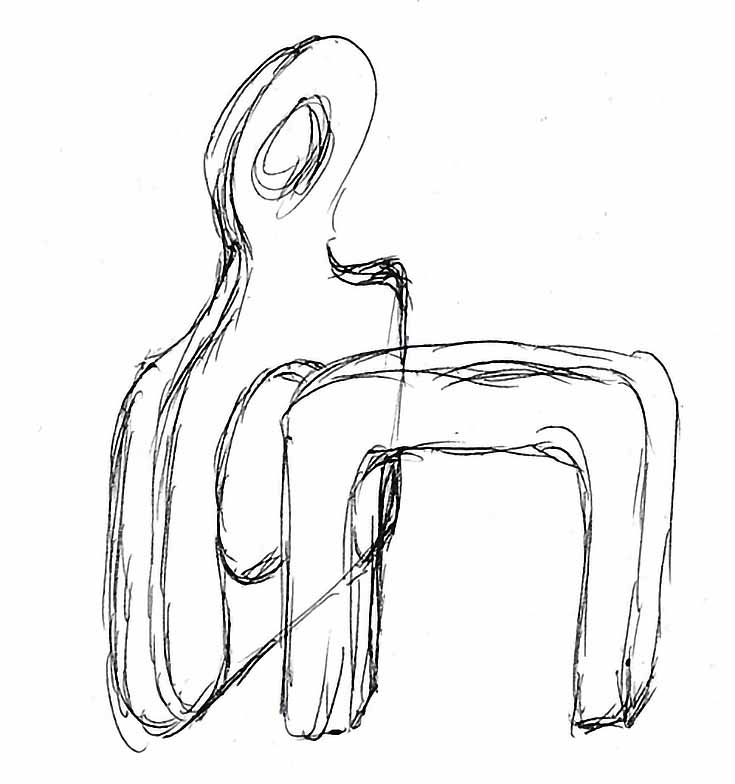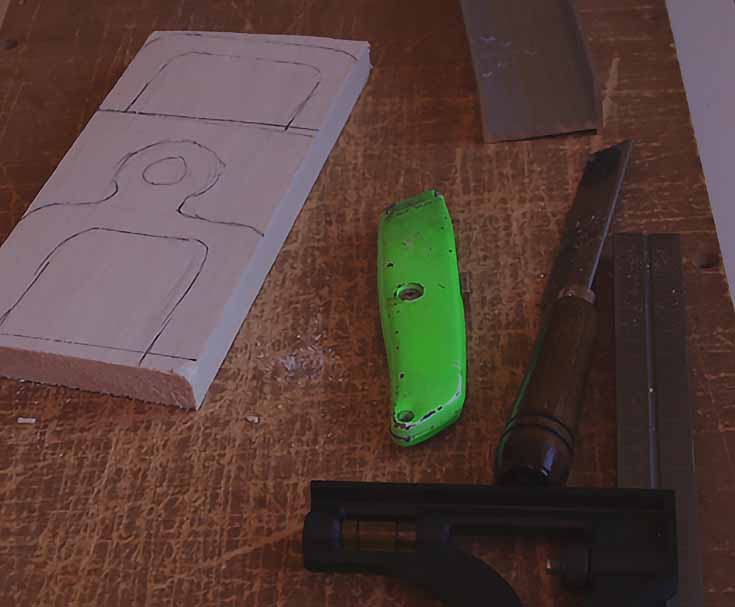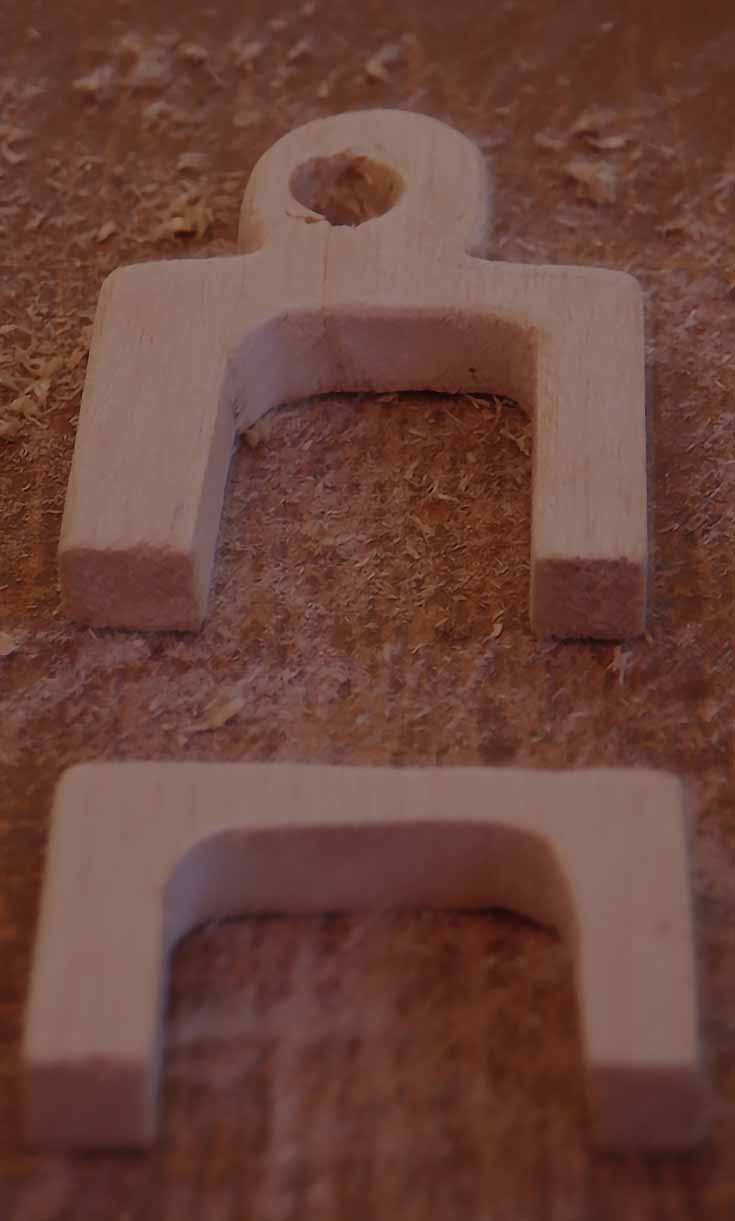I have always wanted to make large sculptural art in wood, stone, or metal, but I have never had the space (or facilities) to do so. That hasn’t stopped me from creating, however. Instead, I have begun using balsa wood to make models that might, eventually, become full-size sculptures.
Balsa wood, I have found, is an ideal material in which to make small models, no matter what medium you might use for the large version. Here’s why:
1. It’s cheap and easily worked
You can shape Balsa wood using a modelling knife, sandpaper, or any other small hand tools. Better yet, it can be worked quickly, so that fleeting ideas can be made solid in a short time. You don’t even need a studio or dedicated art room—a kitchen table or desk is fine.
2. It comes in a variety of sizes and shapes
You can obtain this light-weight wood in thin sheets, which can be easily laminated to any thickness using white glue (nothing stronger is needed). It can also be purchased in blocks of various sizes, to be shaped and joined together as desired.
3. You can make it look like any medium
Once you’ve created your small-scale sculpture out of Balsa wood, you can easily and cheaply finish the surface to look like other materials—such as stone or metal—just by using paint or other surface treatments.
Here is the process that I use when creating my small models:
I most often begin with a sketch of a figure I would like to produce, although sometimes I will just take a block of balsa and work it to see what appears.
From my sketch, I estimate the size of the balsa wood block required, or the number of sheets I’ll need to laminate together. A pencil can be used to mark out the shape of the finished figure onto the wood block, which is then roughly cut to size with a small saw or modelling knife. (Any holes can be made using a small hand drill.)
The final shape is worked out using coarse sandpaper or the modelling knife to shape edges, holes and other features. Then, a light sandpaper is used to arrive at the final figure. Most of my sculptures end up somewhere between 150 and 300 centimeters (6 to 12 inches) long, which is suitable for displaying the finished models on shelves around the house.
Once the figure is complete it can either be left as bare wood or treated to simulate some other material. For instance, the grain can be filled and the figure painted with metallic paint to look like copper, steel, or bronze. Or it can be given a wash of plaster of paris to simulate stone. With care and a suitable choice of treatment, quite a good appearance can be achieved to show how the final, full sized model would appear.
Truthfully, if it were not for balsa wood I would have no way of expressing my ideas for sculptures. Making the models is not as good as making the full size figures, but it is more satisfying than allowing the ideas to die unused.
Even if you have the means to make full size sculptures, I would still suggest making balsa wood models. You can see what the final figure will look like, and modify your idea if necessary, before risking a large piece of expensive wood or stone.
Give it a try for yourself—or, if you’ve never sculpted before, use this as an opportunity to experiment in a different medium with virtually no risk, and very little cost. I think you’ll be surprised by your results!
Special thanks to Dr. Rod Pitcher for contributing this article and documenting his small-scale sculpture process.
This post may contain affiliate links.



